But as I flipped through the book, I was keeping an eye out for photos and descriptions of music, dance, instruments, and religion.
0 Comments
We walked down a quiet street in central Paramaribo and I checked the map on my phone to make sure we were in the right place. We arrived at a well-kept but unassuming green and white house, a house that has become home to the tradition of Koto Misis. Here, Christine Van Russel-Henar is preserving and documenting the clothing of Afro-Surinamese women, and preserving a tradition and a culture. One of the first things I saw when I entered was a photo of Van Russel-Henar’s mother, grandmother, and great-aunt in koto outfits from around the 1920s. Although the photo is black and white, you can still see the patterns, and the mannequins that fill the room let you see the rich and bold colors of the kotos. They wear large skirts, structured jackets, and elaborately-tied headscarves. The women who bear this tradition are called Koto Misis, and the koto outfits originate in the ritual dramas like the banya prei.
The banya is a ritual play that combines song, dance, and role-playing in a religious ceremony to establish contact with ancestors, spirits, and gods. This developed into the du, which included secular or non-religious plays.
I spent February at the James Ford Bell Library at the University of Minnesota in Minneapolis on a William Reese Company Fellowship, looking at the papers of Captain John Gabriel Stedman and investigating the banjo's early history in Suriname and the Caribbean.
Read my article on Het Koto Museum on OZY. Located in a quiet neighborhood near the center of historic Paramaribo, Suriname, Het Koto Museum celebrates the lives and legacy of Afro-Surinamese women. The museum is founded and run by Christine Van Russel-Henar, who is reviving the tradition of the Koto outfit. She shared her knowledge and passion with me during a visit the the museum.
|
Come in, the stacks are open.Away from prying eyes, damaging light, and pilfering hands, the most special collections are kept in closed stacks. You need an appointment to view the objects, letters, and books that open a door to the past. Archives
April 2023
Categories
All
|
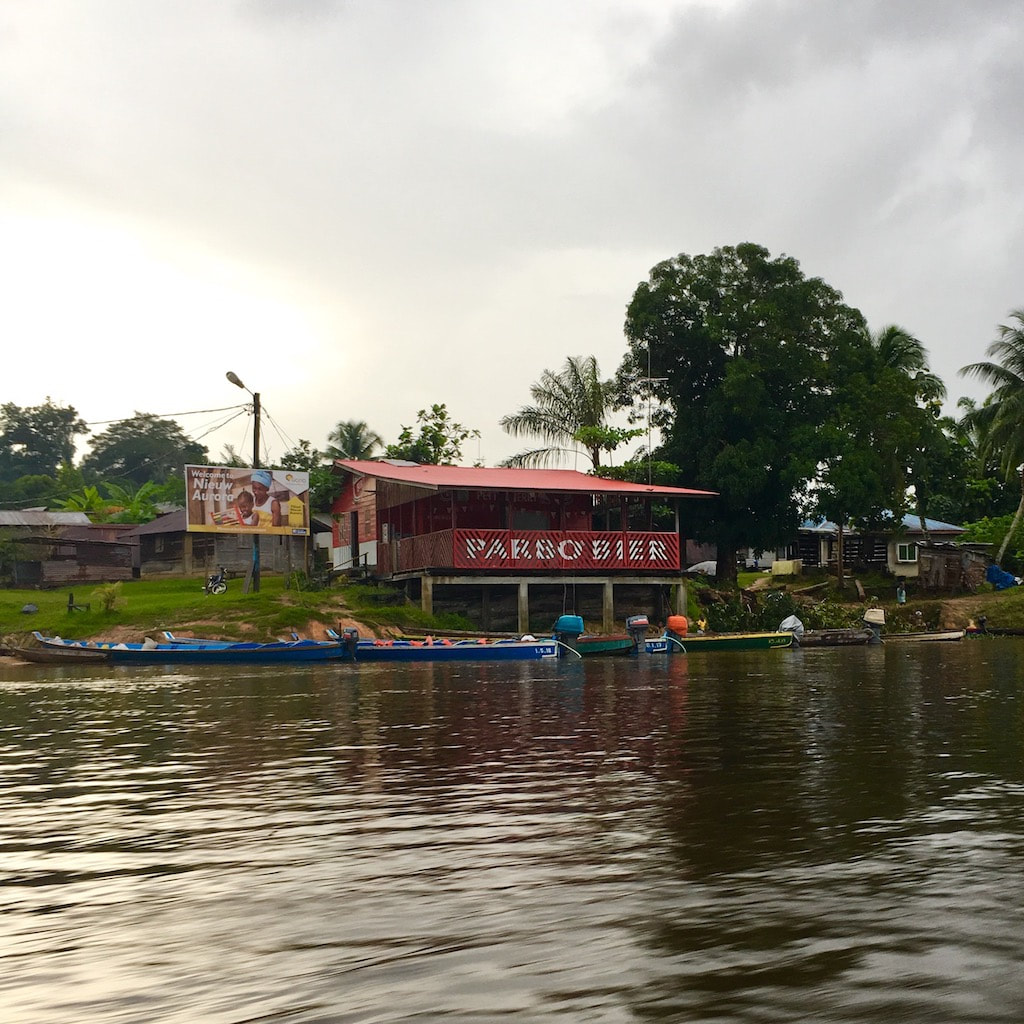
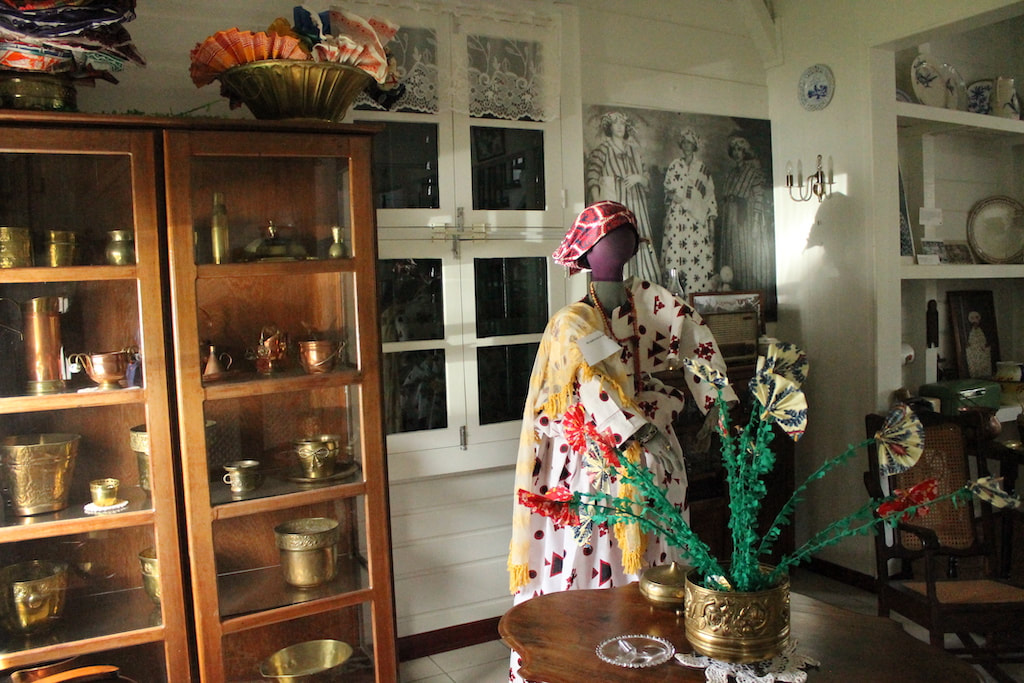
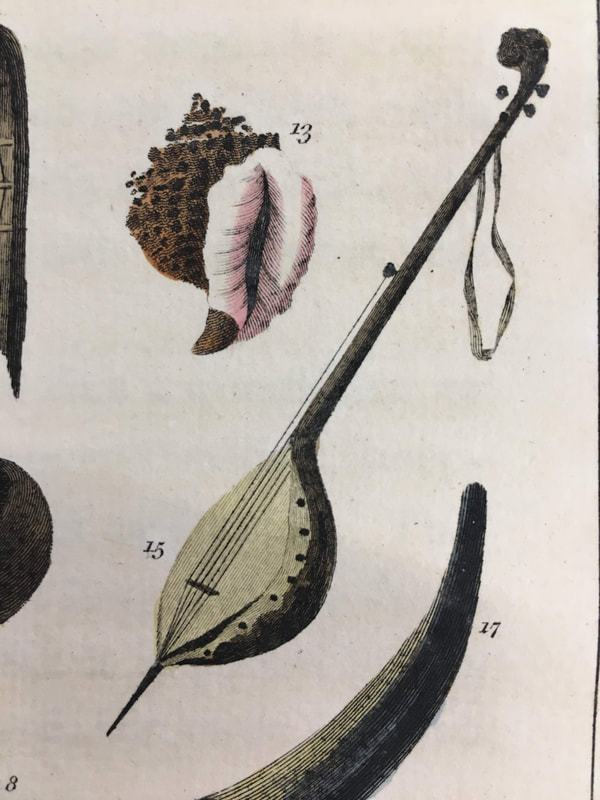
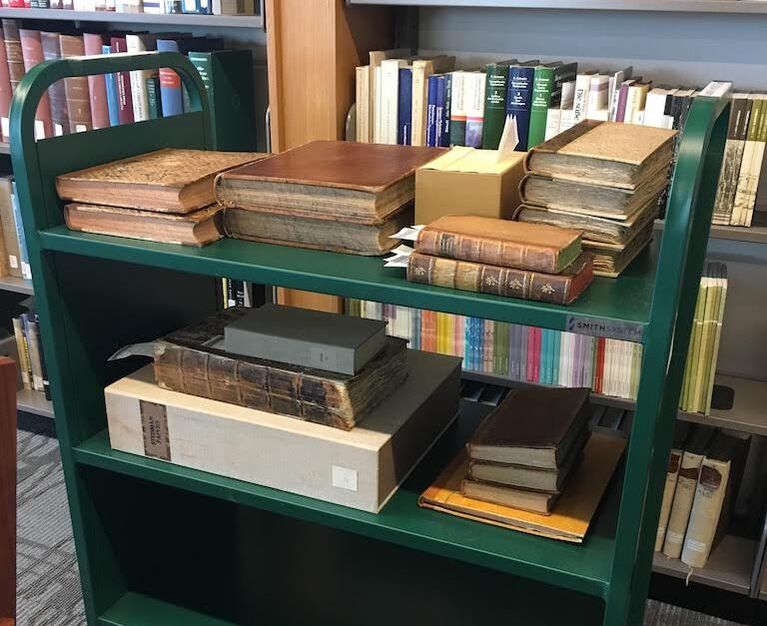
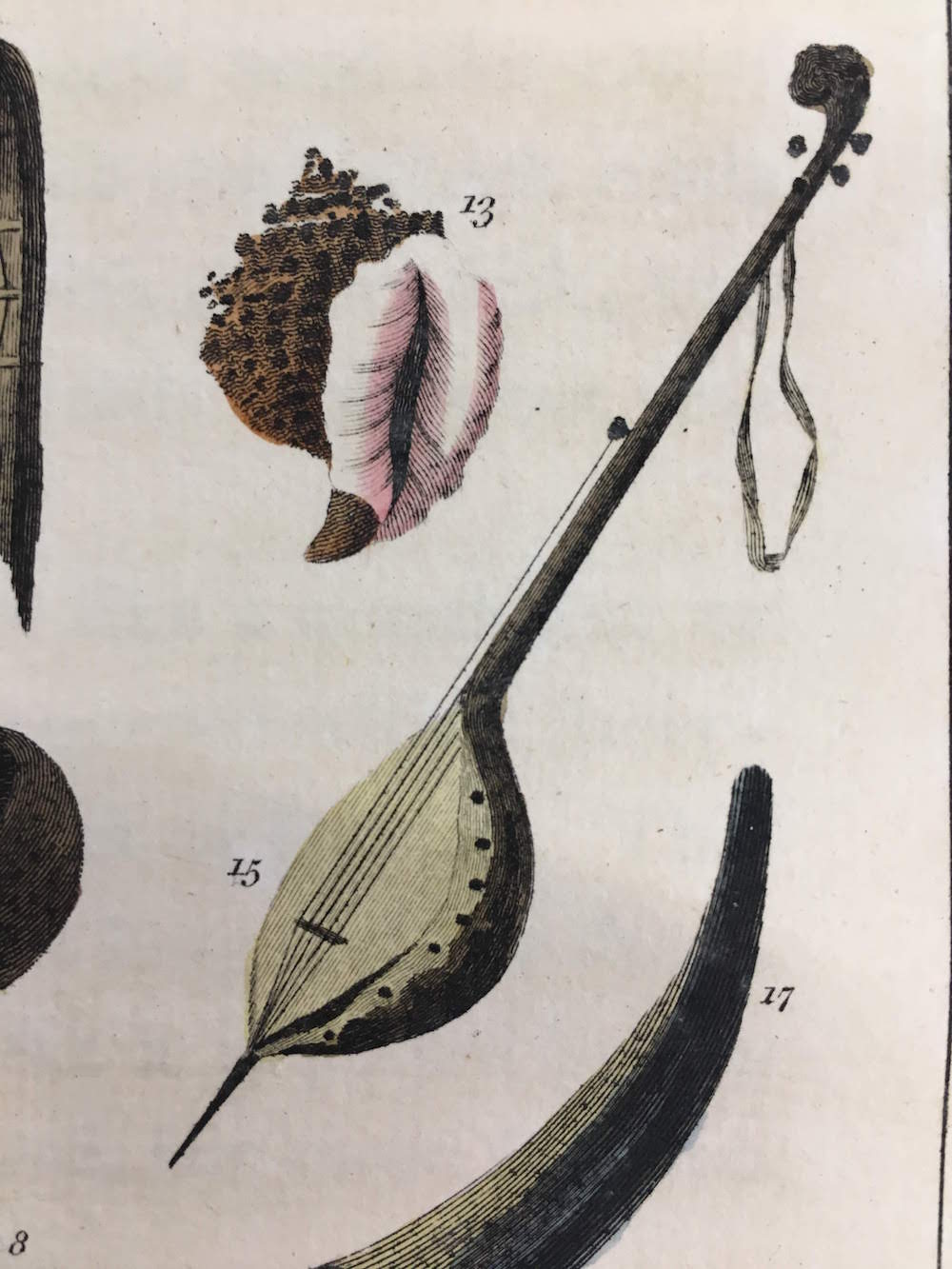
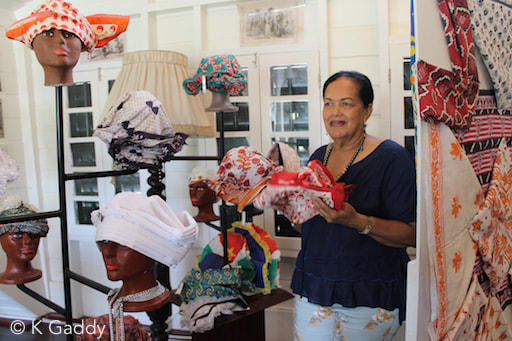

 RSS Feed
RSS Feed